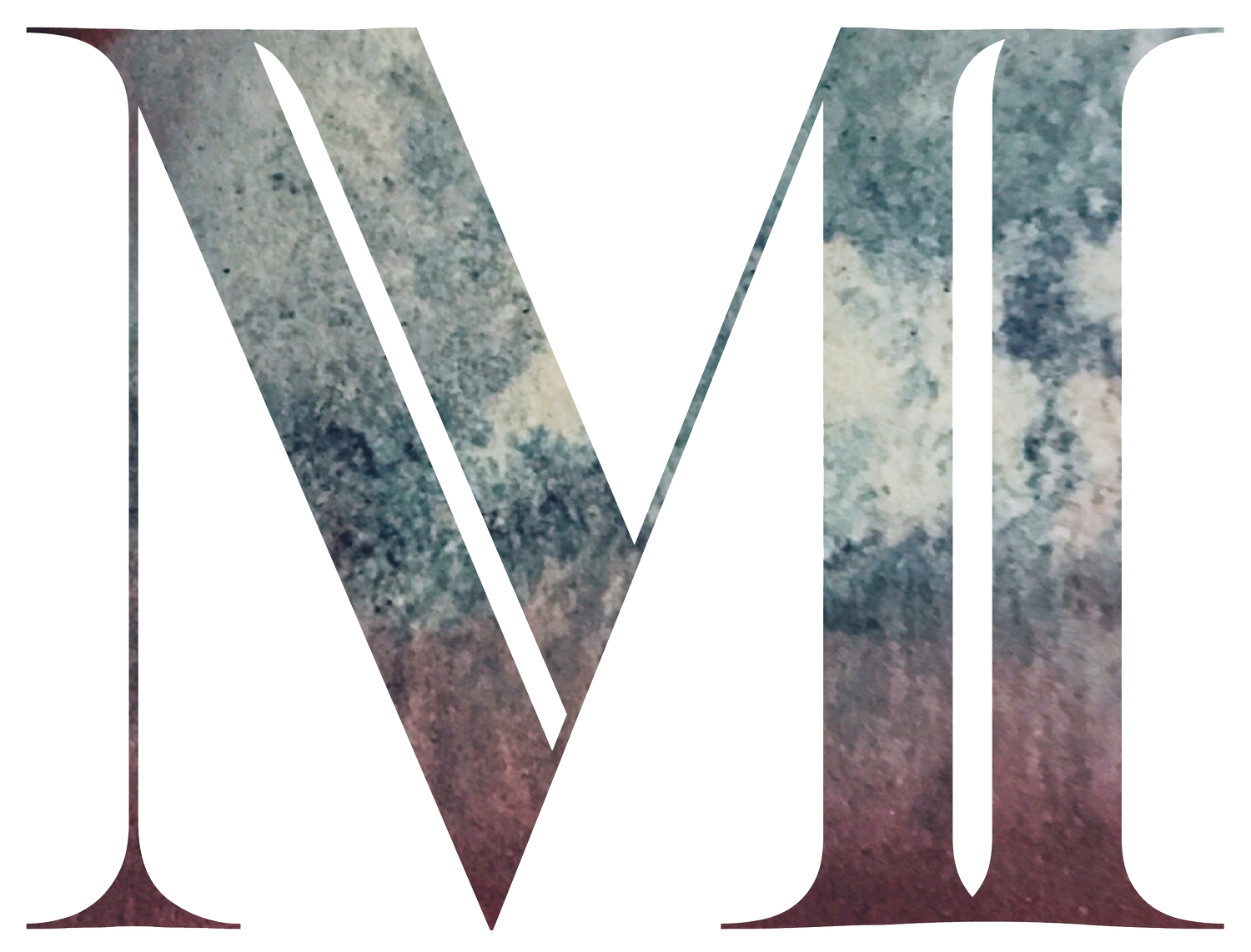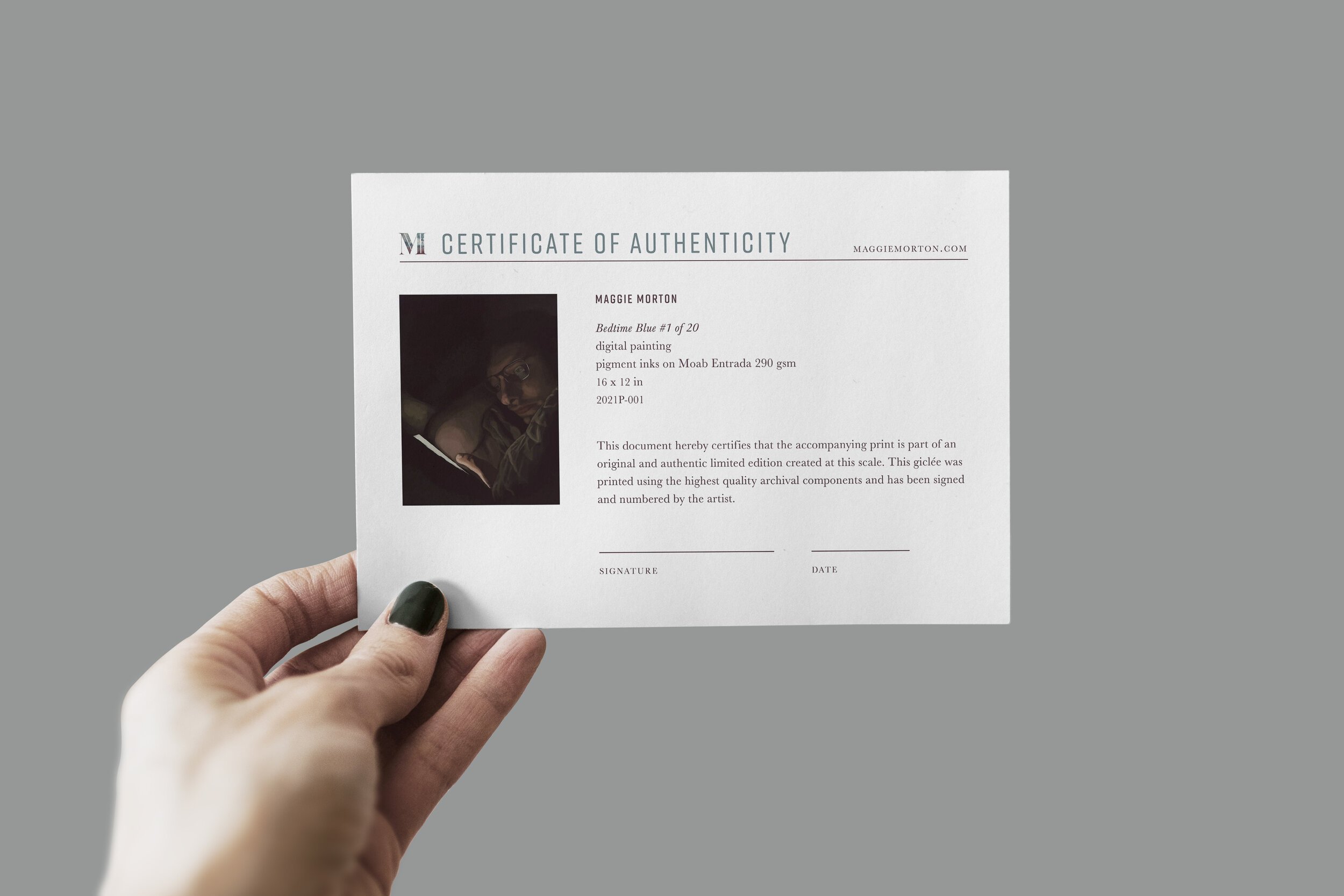A Guide to Buying Art Prints
Maggie Morton, Measured Silence, archival pigment print
With the rise of digital art and the online art market, more and more artists are selling their work in the form of prints. For photographers and artists who create their work using digital tools like Photoshop and Procreate, prints allow collectors to purchase a physical copy of their work.
Artists working in traditional mediums such as painting, can photograph or scan their original pieces and sell the reproductions as a way to offer their work to a wider audience at a more affordable price.
But not all art prints are created equal. Their quality can vary widely, from a flimsy poster that quickly fades to a valuable and collectable work of art. Here’s how to tell the difference.
Limited vs. Open Edition
Just like it sounds, when a print is part of a limited edition it means there are a limited number of reproductions that the artist will ever produce at that scale. Edition sizes may be as small as 5 or as large as 200. The fewer pieces available in an edition, the more valuable the print.
Limited edition prints are sometimes signed by the artist as well as numbered to indicate how many pieces are in the edition and where in the run a particular print falls.
A certificate of authenticity helps ensure the value of a limited edition print.
Usually, the artist will also provide a certificate of authenticity, which is a document that accompanies the work and lists details like the name of the artist, the title of the piece, the materials used, and the edition size. This document is useful in authenticating a work and ensuring its value for years to come.
With open editions, there is usually no restriction on the number of prints that can be made. Open editions are the most common type sold on print-on-demand sites like Society6 and RedBubble. These prints are often lower in cost, but the trade off is that they are not nearly as valuable because there is no limit on the number of people that can own a particular piece.
It’s also worth mentioning that the artist will usually only receive a very small portion of profits from purchases made through print-on-demand marketplaces.
Archival vs. Non-Archival
When it comes to the quality of a print, there are two important factors to consider: The type of ink used in the printing process, and the type of paper the image is printed on.
Dye-based inks fade over time, losing color saturation in as little as a month. On the other hand, pigment-based inks, which sit on top of the paper rather than being absorbed, are lightfast, meaning they resist fading. This results in images that can retain their vibrancy for a lifetime.
Most commercial printers as well as at home printers use dye-based inks, so artists will often use a professional print shop that specializes in high-quality, archival art prints.
The most crucial consideration regarding paper is whether its acid-free. The high concentration of acid found in common printer paper breaks down ink over time. Cotton paper or cotton “rag” on the other hand is a more durable and acid-free option used by many artists.
An artist may also indicate the weight of the paper in pounds (lbs) or grams per square meter (gsm). The heavier the weight, the thicker the paper. For reference, common printer paper is 20 lbs or 75 gsm. Look for fine art prints made on paper that is a minimum of 80 lbs or 215 gsm.
Digital Downloads
Some artists offer their work in the form of digital downloads, meaning the customer pays for a high quality digital copy of an image that can then be printed at home. This is an affordable option for art buyers, but due to the aforementioned low quality materials available from most printers, the resulting piece will likely have a very short life.
Conclusion
Whether you’re a casual or avid art collector, in the market for home décor, or want to support an artist you admire, art prints can be a great option as long as you keep an eye for quality. Now go forth and buy art!



